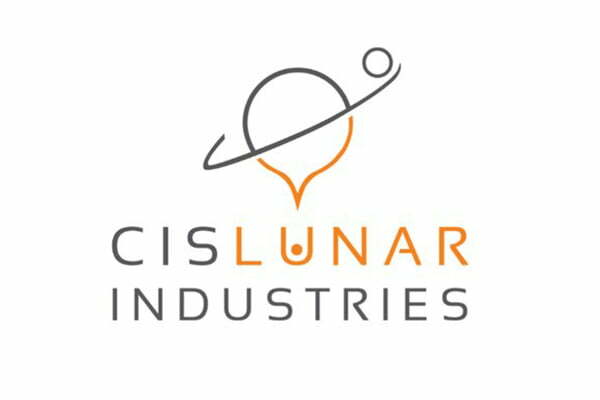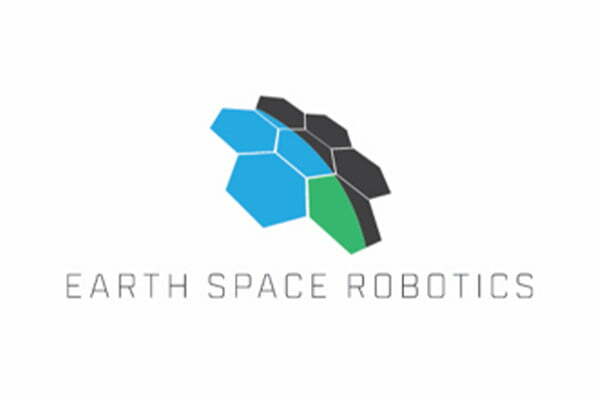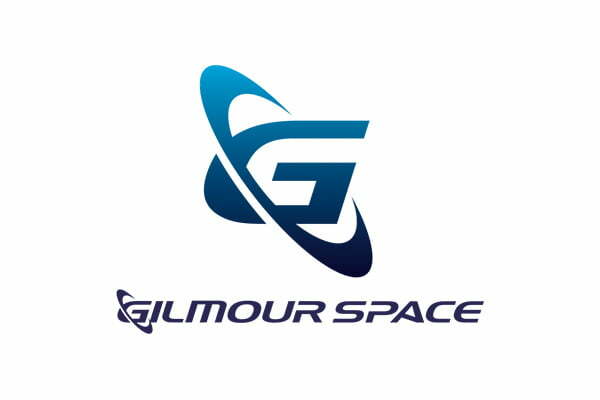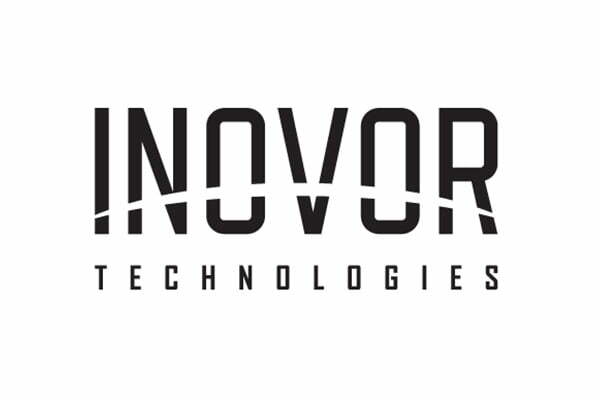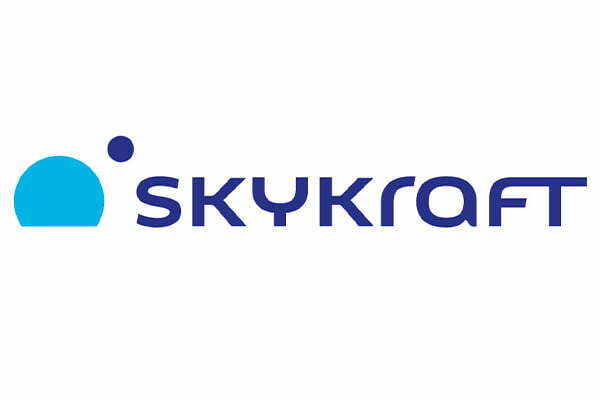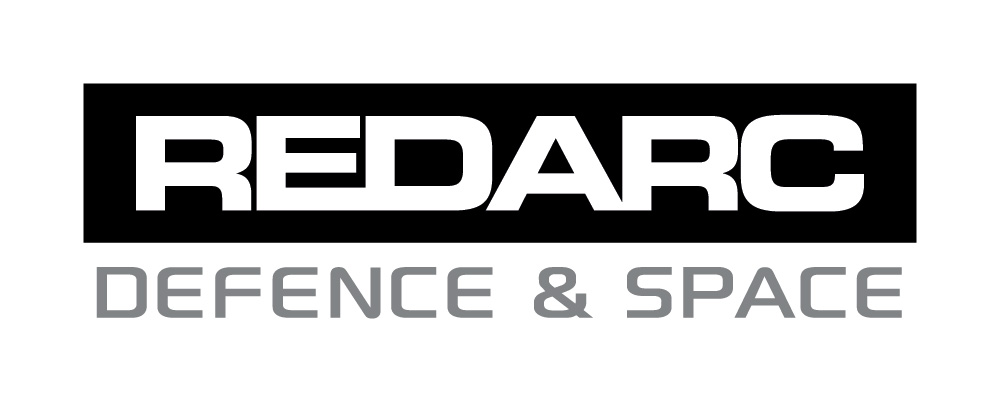Frequently Asked Questions
So I read the Wikipedia articles on ion thrusters, Hall-effect thrusters, and spacecraft electric propulsion, and now I’m curious about…
The plasma exhaust is highly ionised plasma which expands out from the spacecraft at high velocity. In fact, the velocity of the exhaust is so high that, depending on which direction you point the exhaust, it will either reach escape velocity as a stream of individual atoms, or enter the Earth’s atmosphere as a harmless trace impurity. In short, this system will not add to the space junk population, or add measurably to micrometeoroids in deep space.
Good propellants for pulsed cathodic arc thrusters are good conductors with moderate to high melting points, low ionisation requirements, and no handling or storage hazards. This includes many metals used industrially for alloying, such as molybdenum, structural metals such as aluminium and titanium, and graphitic forms of carbon, among other examples.
Other technologies use electromagnetic fields to accelerate ions to generate thrust, and when these systems are placed too close together, these fields can interfere with each other and reduce the system efficiency substantially. Since our technology does not apply external fields to accelerate the plasma, we do not have this issue, and so can cluster thruster heads together in dense arrays.
Our system uses solid conductive propellants that are safe to store terrestrially and on-orbit. One example is the refractory metal molybdenum, which melts at over 2800K and only begins appreciably oxidising at temperatures above 600K. Other systems use highly pressurised gases, or materials that are liquid at room temperature, or materials that must be heated so that they melt or evaporate, or chemically hazardous materials as propellant. In comparison, our propellants are stable enough that we have carried a fully fuelled and integrated unit as carry-on luggage on international flights without issues.
Other thruster technologies, such as Hall and ion thrusters, create a plasma from a gaseous feedstock and then accelerate the ions to create thrust. In these systems, some of the ions strike the walls of the plasma discharge chamber, or hit the accelerating grids, and erode parts of the thruster until the thruster fails. Since our thruster uses different plasma generation and acceleration processes, we do not suffer from erosion like other technologies, removing this as a challenge.
Some thrusters require kilovolts to operate; how does the Neumann Drive compare?
Other thruster technologies, such as FEEP and electrospray systems, require power at multiple kilovolts to accelerate the ions, while others require multi-kilovolt supplies to neutralise the exhaust plume. Operating at such high voltages is a challenge in space, as the low pressure and radiation environments make it substantially easier for sparks and electrical breakdowns to occur, causing damage inside the spacecraft power supply systems. Our system operates at much lower, much safer voltages, where the chances of electrical breakdown is greatly reduced.
Since the discharge current flows to balance the charge across the capacitor bank, there are a lot of electrons flowing through the circuit to make this happen. These electrons flow through the wires and cables connecting everything together, and then flow through the plasma from the cathode to the anode. Within the volume between the cathode and anode, these electrons are highly mobile and carry the bulk of the current through the plasma. When ions are accelerated by plasma processes through this volume, they will collect some electrons and draw them onwards to neutralise the plasma exhaust; the ions lose a little bit of momentum as they do this, but due to the large difference in mass between ions and electrons, the momentum loss is negligible.
Other technologies require the complexity of a neutraliser cathode to ensure that the exhaust is neutralised, otherwise a range of bad things can happen. Our system is self-neutralising, which reduces complexity and increases robustness.
The plasma discharge in our system is an arc discharge, characterised by high current flowing at low voltage from the cathode to the anode, with the plasma generation sites being quite small and well localised on the cathode surface; the plasma generation sites are commonly referred to as “cathode spots” due to this. This is different to a glow discharge, such as in a fluorescent light tube, where the current flows at high voltage and low current through a plasma that is generated uniformly across the cathode. The much higher currents in an arc discharge lead to material being eroded from the cathode surface and mingling with any background gas, while a glow discharge does not measurably erode the cathode, leaving the background gas composition undisturbed beyond ionisation processes.
The arc discharge is powered by the electric field between the cathode and anode, and since these two electrodes are connected to a charged capacitor bank, the current which flows through the arc is used to balance the charge across the capacitors.
Neumann Space is based in Lot Fourteen in central Adelaide, South Australia, the beating heart of the Australian space industry sector.
